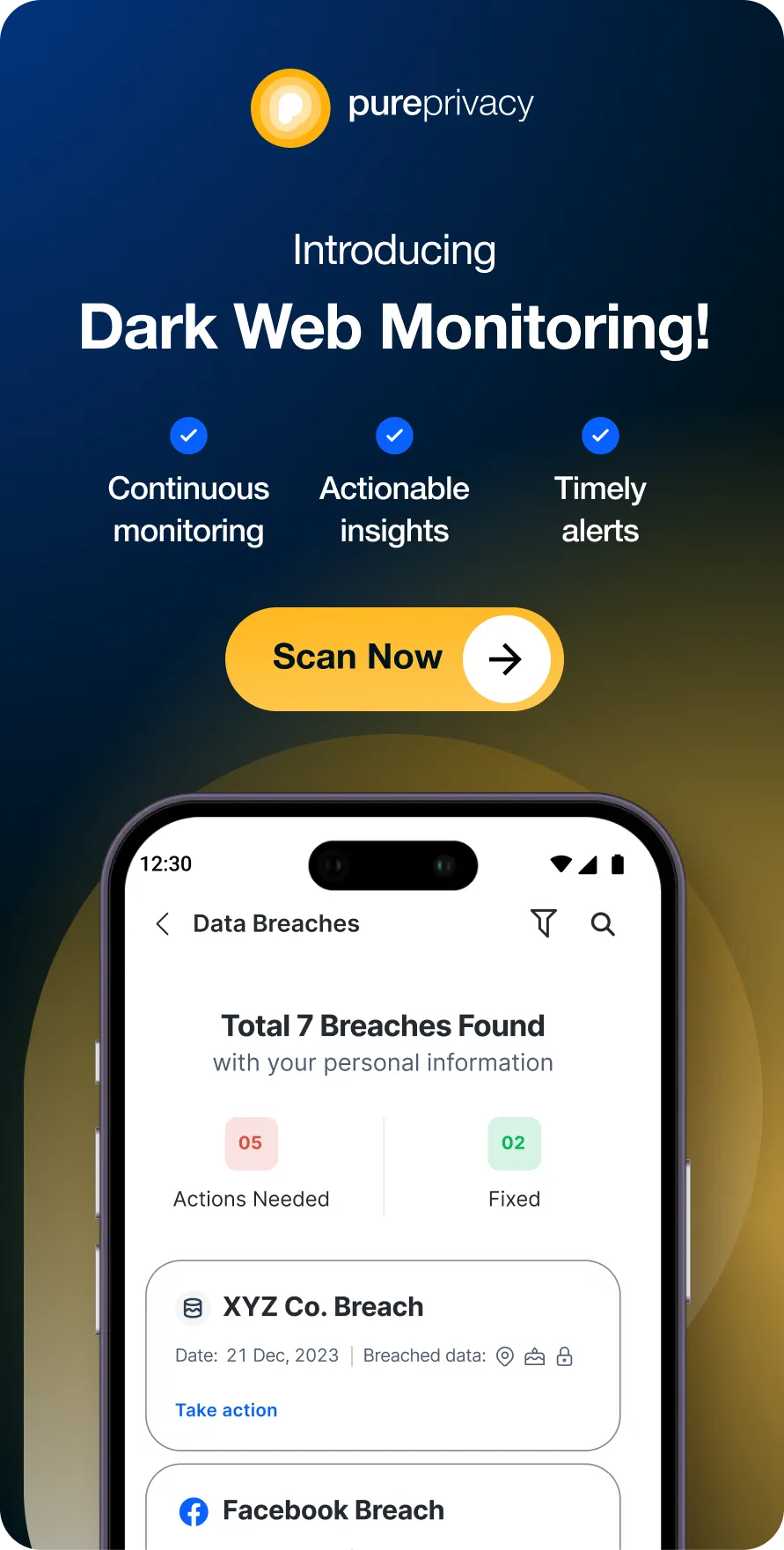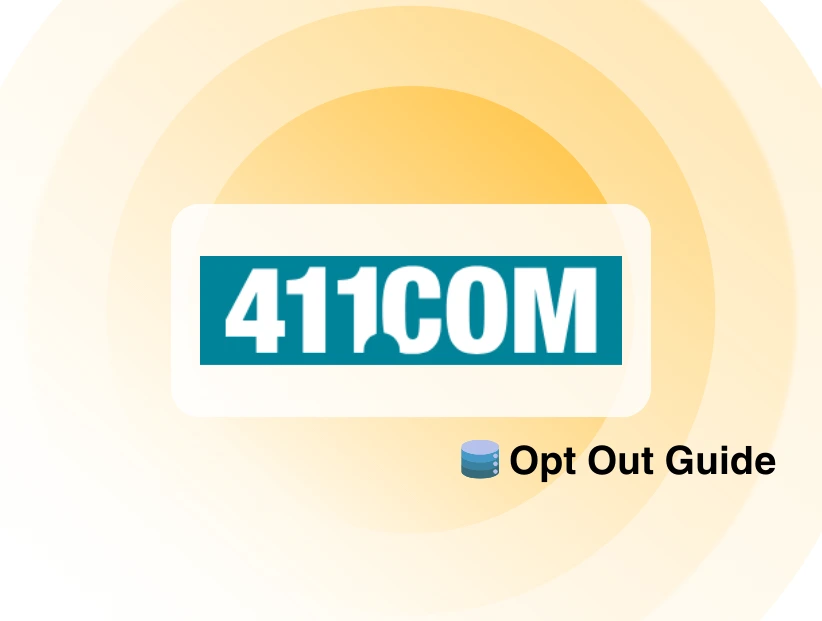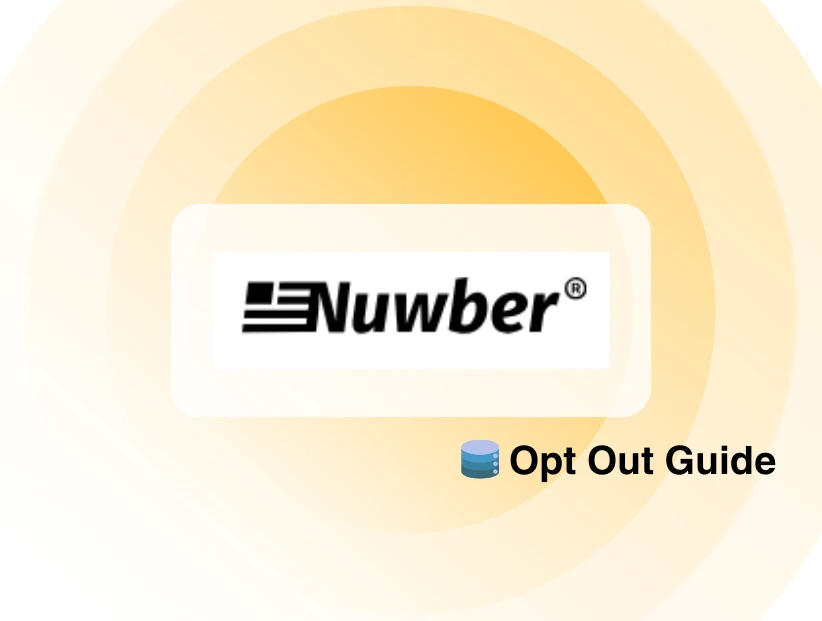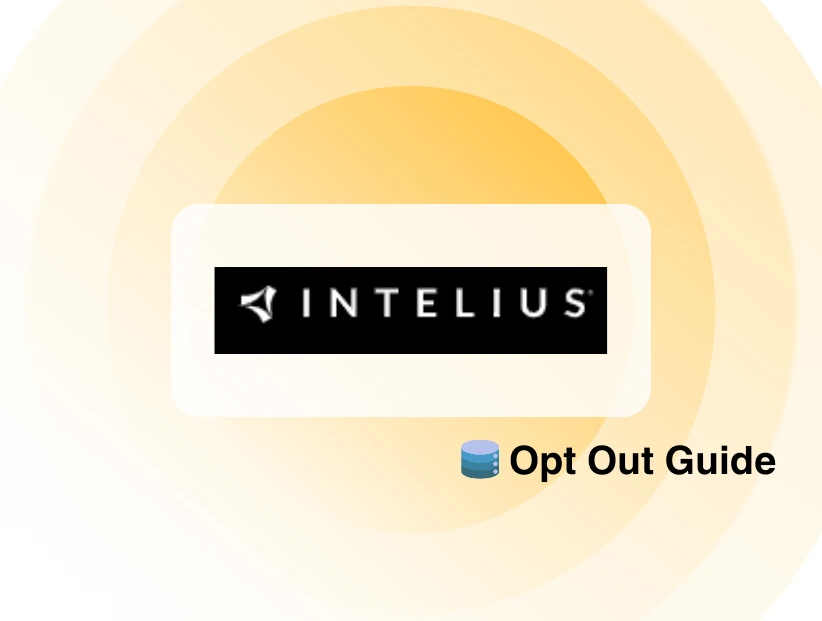Third-party administrators play a role in supporting insurance operations. One such organization, Landmark Admin, recently revealed a data breach that now affects over 1.6 million individuals across the United States.
The breach from unauthorized access was first detected in May 2024. The incident is a serious concern when it comes to identity theft, financial fraud, and healthcare data misuse. Let’s break down what happened, what data was exposed, and what you can do if you are affected.
Discover if Your Most Critical Identifiers Have Been Exposed on the Dark Web
Receive timely alerts and actionable insights with PurePrivacy's Dark Web Monitoring.
What Happened in the Landmark Admin Data Breach?
Landmark Admin, a Texas-based third-party administrator (TPA), provides services such as policy accounting, regulatory reporting, IT infrastructure, and reinsurance support to major insurers like Liberty Bankers Life and American Benefit Life.
On May 13th, 2024, Landmark detected suspicious activity on its systems. Initial estimates suggested that 806,519 individuals were impacted. Later, an updated report filed with the Maine Attorney General’s Office in April 2025 increased that number to 1,613,773 individuals.
The forensic investigation is ongoing, which means the final number could rise further. Affected individuals will receive personalized notifications by mail specifying what data was compromised.
What Data Was Exposed?
The breach compromised a wide range of sensitive data, which varies from person to person. The data includes:
- Full name
- Home address
- Social Security Number (SSN)
- Tax Identification Number (TIN)
- Driver’s license or state-issued ID
- Passport number
- Financial account details
- Medical and health insurance information
- Life and annuity policy data
- Date of birth
Because the data types vary per person, you will get a custom notice outlining the specific exposures.
What Are the Risks of This Breach?
The exposed data can put you at a greater risk of:
- Identity Theft & Financial Fraud
With SSNs, policy details, and banking data exposed, attackers could engage in fraudulent claims, unauthorized account creation, or tax fraud.
- Healthcare Privacy Violations
Medical and insurance details may enable fraudsters to submit false claims or access health services in your name.
- Phishing and Social Engineering
The combination of financial and personal information can be used to send you convincing phishing attempts or manipulate you into disclosing further data.
What Should You Do If Your Data Was Compromised?
If you receive a data breach notification from Landmark Admin, here are the steps you should take immediately:
- Enroll in Identity Protection Services
Landmark is offering 12 months of identity theft protection and credit monitoring — sign up without delay.
- Monitor Financial and Insurance Accounts
Review bank statements, insurance activity, and credit reports. Report suspicious behavior right away.
- Request a Fraud Alert or Credit Freeze
Contact the credit bureaus to prevent new accounts from being opened in your name.
- Watch for Phishing Attempts
Be cautious of emails or calls asking for further information, especially if they reference your insurance or financial services.
How to Minimize Damage After a Breach
To protect yourself now and in the future, you must:
- Use strong, unique credentials, ideally managed via a secure password manager.
- Watch for signs of identity misuse. If you spot anything unusual, act quickly to limit further exposure.
- Reach out to providers and request transparency about how your data is stored, shared, and protected.
Manage and Track Your Data After a Breach with PurePrivacy
Consider tools like PurePrivacy Dark Web Monitoring to check whether your card or PII is being traded online.
Here's how you can use Dark Web Monitoring:
- Sign up for PureMax.
- Download and install the PurePrivacy app.
- Log in to your account and click Dark Web Monitoring.
- Select Add Assets to Monitor and enter your email address, SSN/NIN, credit card number, passport number, and phone number in the respective fields.
- Enter the code sent to your registered number to verify your identity, and you’re done.
- Follow the recommended measures if your personal data is part of a breach to protect yourself from further harm.
Frequently Asked Questions (FAQs)
-
How will I know if I was affected by a Landmark breach?

Landmark is notifying individuals by mail. If you believe your data may be involved and have not received a letter, contact their dedicated helpline.
-
Can medical or insurance data be used for fraud?

Yes. Fraudsters can exploit this information to file false insurance claims or impersonate policyholders.
-
What should I do if I notice suspicious activity after a breach?

Immediately report any anomalies to your financial institutions, credit bureaus, or healthcare providers. Consider initiating a fraud alert or security freeze and documenting all interactions for future reference.
The Bottom Line
This breach highlights the importance of data transparency and personal vigilance. If you’re impacted, monitor, track, and try to prevent your data from being leaked to the dark web, to prevent multiple exploitations. Contact one of our sales reps to learn more about PureVPN dark web monitoring.






